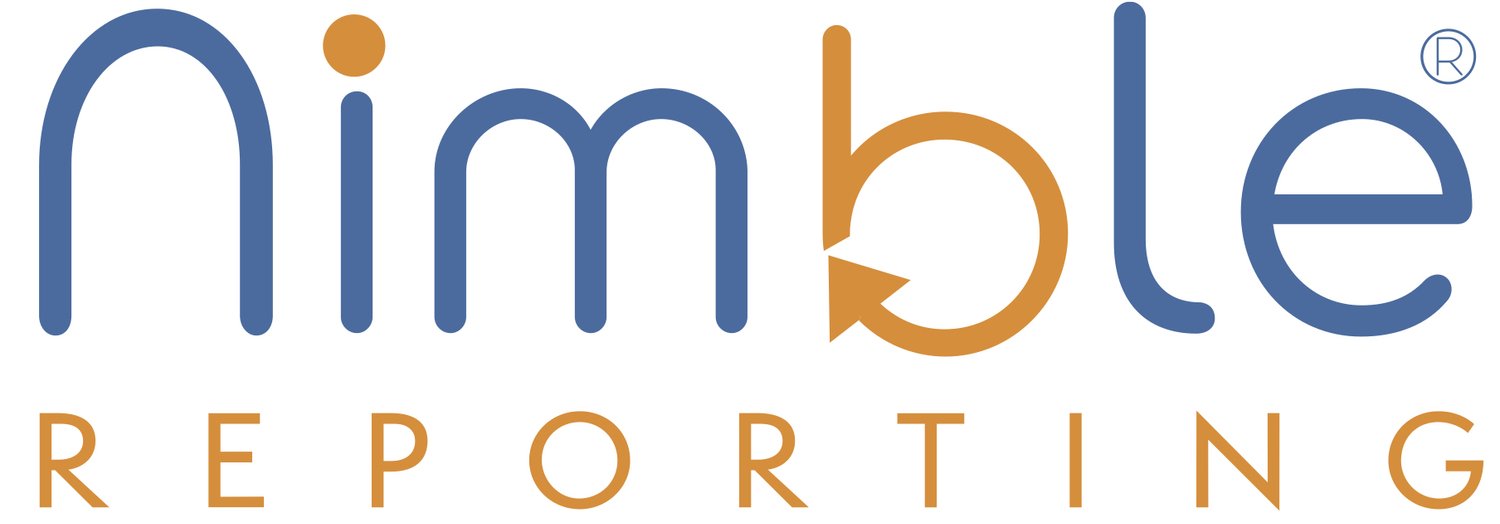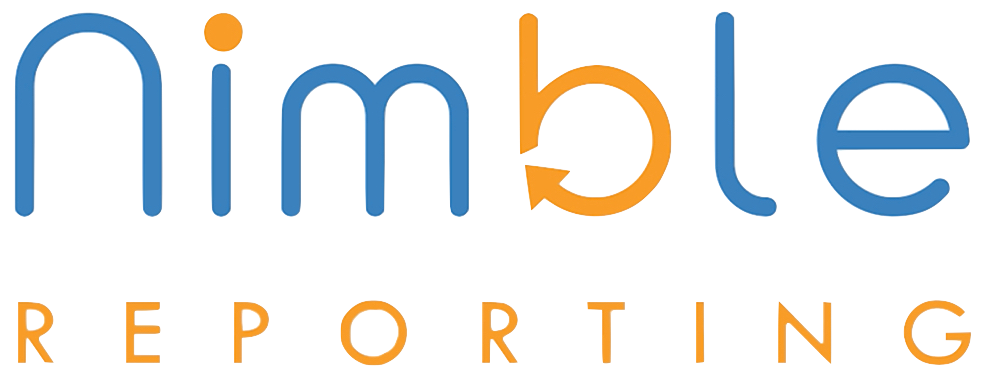Entering Their Second Decade, Affordable Care Act Coverage Expansions Have Helped Millions, Provide the Basis for Further Progress
Think of the ACA as that reliable family car that's been running for years - it might need some tune-ups and adjustments as we cruise into the next decade. The healthcare landscape is changing faster than fashion trends, with new technologies popping up like smartphones at a tech convention. The ACA will need to keep up with things like telemedicine, rising prescription costs, and making sure coverage stays affordable for everyone. There's also the ongoing political ping-pong match, with different parties batting around ideas for tweaks and changes. But just like that trusty family car, the ACA has proven pretty resilient - it might need some new parts and fresh paint here and there, but it's likely to keep rolling along, helping folks get the healthcare they need, even if it has to dodge a few potholes along the way.
FROM THE CENTER ON BUDGET AND POLICY PRIORITIES / BY JENNIFER SULLIVAN, ALLISON ORRIS AND GIDEON LUKENS
The Affordable Care Act (ACA) expanded eligibility for affordable health coverage in two main ways: by creating health insurance marketplaces with federal financial assistance that reduces premiums and deductibles and by allowing states to expand Medicaid to adults with household incomes up to 138 percent of the federal poverty level (FPL). Both of these coverage expansions took effect in 2014. As of the end of open enrollment, 21.4 million people have selected an ACA marketplace plan for 2024, and 40 states and the District of Columbia have expanded Medicaid. The number of people who are uninsured has dropped from 45.2 million in 2013 to 26.4 million in 2022, a historic decline. In addition to reducing the number of people without any coverage, the ACA marketplace plans and Medicaid provide far lower-cost coverage to millions more people.
Looking ahead, federal and state policymakers should maintain and build on these gains, both by continuing to provide expanded financial assistance that lowers the cost of coverage through the ACA marketplaces and by closing the Medicaid coverage gap to ensure people with low incomes have a pathway to affordable coverage in every state.
More People Have Affordable Health Coverage Because of the ACA
Today, roughly 40 million people are enrolled in coverage under the ACA marketplaces and Medicaid expansion. The ACA’s coverage expansions drove a precipitous decline in the uninsured rate, which fell and eliminating prior barriers in the private insurance market for people with pre-existing health conditions, the ACA provided new options for many people who lack access to affordable employer-sponsored health benefits. Self-employed people, people who work in industries less likely to offer insurance (like food service and construction), gig and part-time workers, people who retire before they become eligible for Medicare at age 65, people who work at small businesses, and people with low incomes are now more likely to be covered.
Coverage gains have been particularly significant for people of color, who have historically experienced higher uninsured rates due to systemic racism, discrimination in employment and education, and other factors that diminish income and access to employer-based health insurance. Between 2013 and 2022, uninsured rates for people under age 65 dropped from 23.8 percent to 14.1 percent among American Indian and Alaska Native people, from 29.7 percent to 17.8 percent among Latino people, and from 18.7 percent to 9.9 percent among Black people.
Enhanced Premium Tax Credits Significantly Reduce Premiums for ACA Marketplace Enrollees and Have Contributed to Historic Enrollment Levels
Temporary enhancements to premium tax credits (PTCs), originally enacted in the American Rescue Plan in 2021 and extended through 2025 by the Inflation Reduction Act, have reduced ACA marketplace enrollees’ premiums by an average of $800 per year, making it easier for more people to afford marketplace coverage. For 2024, 21.4 million people selected a marketplace plan, and 4 out of 5 enrollees were able to find a plan for $10 or less per month, though many chose to use their PTCs to select higher-value plans that cost more.
In February 2023, 91 percent of marketplace enrollees were receiving PTCs, and the average monthly premium for marketplace coverage after PTCs was $124 — a 21 percent decline compared to 2021. People with incomes up to 150 percent of the poverty level ($21,870 for an individual under 2023 poverty guidelines) are eligible to pay $0 in premiums for the “benchmark” silver-level plan. The enhancements also ensure that no one pays more than 8.5 percent of their income toward premiums of the silver benchmark plan. As a result, in 2023, an estimated 1.4 million people received PTCs who would not have been eligible without the enhancements. Making marketplace premiums more affordable for enrollees has also allowed people to choose plans that provide greater overall financial protection (which also tend to have higher premiums). Among people who selected a plan on HealthCare.gov, median individual deductibles dropped by almost half, from $750 to $400, between 2021 and 2023.
These improvements — combined with deeper investments in marketing, outreach, enrollment assistance, and simplifications to the enrollment process — have been a major driver of record growth in marketplace enrollment in recent years. Marketplace affordability enhancements have also been especially critical for increasing enrollment among people of color and people with low incomes. Between 2021 and 2023, marketplace enrollment growth among Black and Latino people in states using the HealthCare.gov platform outpaced other racial and ethnic groups and grew by over 80 percent. Between 2021 and 2023, marketplace enrollment among people with incomes between 100 and 150 percent of the poverty level — a group able to enroll in a silver-level plan for a $0 premium — grew by 58 percent (compared to 36 percent enrollment growth overall).
Medicaid Expansion Continues to Lower Uninsured Rates in States That Cover Adults With Low Incomes
The ACA permitted states to expand Medicaid coverage to adults with incomes up to 138 percent of the poverty level (about $20,780 annually for an individual or $35,630 for a family of three in 2024). As of June 2023, about 24.5 million adults were enrolled in the ACA Medicaid expansion group. States that adopted the expansion have dramatically lowered their uninsured rates and reduced state spending on uncompensated care. Extensive research finds that people who gained coverage through the expansion have grown healthier and more financially secure, while long-standing racial inequities in health outcomes, coverage, and access to care have been reduced. To date, 40 states plus the District of Columbia have expanded Medicaid, with Oklahoma and Missouri expanding in 2021 and South Dakota and North Carolina becoming the most recent additions in 2023. Hundreds of thousands of people are projected to gain affordable coverage in these states.
Indeed, the 2022 American Community Survey data show the large and positive impacts of Medicaid expansion on insurance coverage. In particular, Oklahoma and Missouri saw large declines in uninsured rates in 2022 after expanding Medicaid. And administrative data show that Medicaid enrollment in 2022 increased far more in Oklahoma and Missouri than in any other state.
Action Is Needed to Maintain the Momentum of Recent Coverage Gains and Fully Realize the ACA’s Potential. If PTC Enhancements Lapse, Premiums Would Increase for All Marketplace Enrollees
Unless Congress acts, the enhanced PTCs will expire at the end of 2025. Premium costs would increase for marketplace enrollees of all ages and across income levels, with the sticker shock first hitting during the spring and summer of that year, as insurers’ premium rates start becoming public, and intensifying in October and November of 2025 as people begin shopping for 2026 plans. Among people with lower incomes who would see their subsidies reduced, for example:
A single individual making $21,000 (144 percent of the poverty level) would no longer be eligible for a zero-premium plan and would see their monthly marketplace premium rise from $0 to $66 — an annual increase of $792.
A single individual making $30,000 (205 percent of the poverty level) would see their monthly marketplace premium more than double, from $55 to $168 — an annual increase of $1,350.
A 60-year-old couple making $45,000 (228 percent of the poverty level) would see monthly marketplace premiums increase from $117 to $283 — an annual increase of almost $2,000.
A family of four making $60,000 (200 percent of the poverty level) would see their monthly marketplace premium increase from $100 to $326 — an annual increase of about $2,700. (See Figure 3 for a family of four at different income levels; Appendix Table 1 for the costs facing people of various family sizes, ages, and incomes; and Appendix Table 2 for the costs facing people of various family sizes, ages, and incomes by state.)
As a result of the enhancements, people with incomes above 400 percent of the federal poverty level became newly eligible for PTCs if their marketplace premiums would exceed 8.5 percent of household income. If the PTC enhancements are not extended, the premium increases for people in this group would be dramatic:
A typical 60-year-old couple making $80,000 (405 percent of the poverty level) would see monthly marketplace premiums more than triple, from $567 to $2,026 — an annual increase of roughly $17,500.
A typical family of four making $125,000 (416 percent of the poverty level) would see their monthly marketplace premium increase from $885 to $1,525 — an annual increase of about $7,700.
While the majority of marketplace enrollees receive PTCs (more than 90 percent in 2023), even enrollees who do not receive PTCs will likely see increased premiums if the PTC enhancements expire. Fewer people would be expected to enroll in marketplace coverage if the enhancements expire, and because of the effect on the risk pool, insurers would be expected to increase rates. When the PTC enhancements were first due to expire at the end of 2022, an analysis from the Urban Institute estimated that people ineligible for PTCs would pay an average of $712 more in premiums per year if the enhancements expired.
Closing the Medicaid Coverage Gap Would Advance Health Equity by Creating a Pathway to Affordable Coverage for More Than 1.6 Million People
Action is also needed to create a pathway to affordable coverage for the more than 1.6 million people in the ten non-expansion states who fall into a “coverage gap” and are uninsured. People in the coverage gap have incomes that are too low to qualify for financial help with marketplace coverage under current federal rules, but they also don’t qualify for Medicaid in their state because either their income is too high, or they don’t fall into an existing eligibility category. In non-expansion states, the median income limit for parents to qualify for Medicaid is just 35 percent of the poverty level — equivalent to $9,037 annually for a family of three in 2024 — and childless adults do not qualify at all. Without action at the state or federal level to close the coverage gap, these people have no way to obtain affordable health coverage.
Closing the coverage gap is critical for advancing health equity across racial and ethnic lines; about 65 percent of those in the coverage gap are people of color, most of whom live in the South.
Several states are currently exploring Medicaid expansion. Expanding Medicaid remains a good financial decision for states, with the federal government paying 90 percent of the costs for people who are newly eligible for the expansion. And the Rescue Plan created a large new financial incentive that makes expansion an even better deal for states that haven’t expanded. States that expand Medicaid after March 2021 receive a two-year, five-percentage-point increase in the federal matching rate for their non-expansion enrollees. Even after a state expands Medicaid, non-expansion enrollees account for most of a state’s Medicaid enrollment and costs, so this increase generates substantial additional federal funding for states. The remaining non-expansion states would gain some $13.1 billion combined in federal funding from this provision if they expanded.
Despite clear benefits not only to people who will gain coverage, but also to health care providers and state economies, the last ten years have shown that some states are not likely to adopt the Medicaid expansion. As proposed in President Biden’s 2025 budget, Congress should step in to close the coverage gap for the more than 1.6 million people who do not currently have access to affordable coverage in their states. It is unjust and inequitable that ten years after the ACA went into effect, people who live in states that haven’t adopted the expansion are shut out of coverage. Congress should finish the job started by the ACA and close the coverage gap by creating a federal fallback.


